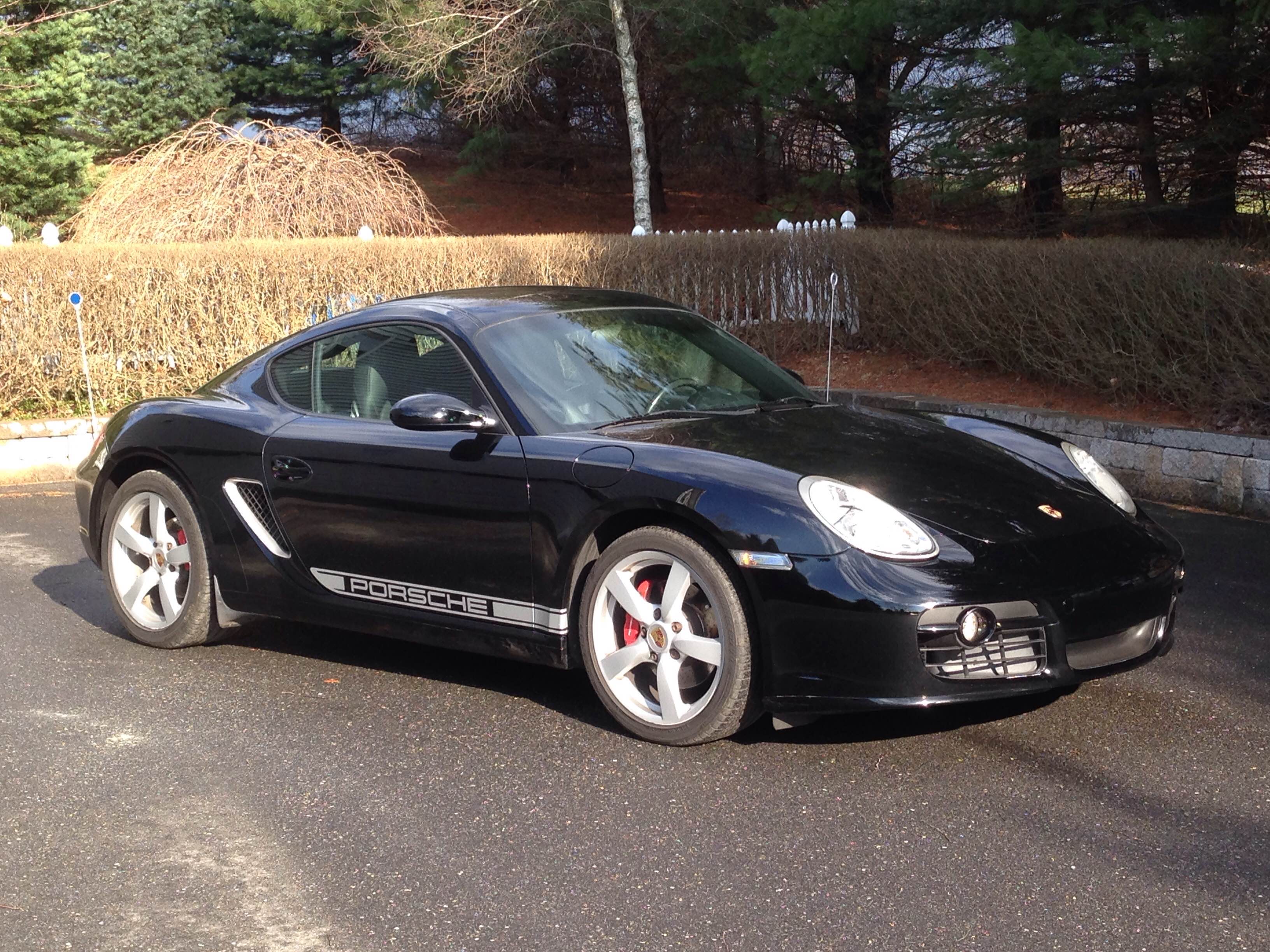If you are looking for a great review on why you want to do a ECU flash on your Porsche 987 Cayman S, then this is it! Our customer CJ had his car flashed about a year ago. He recently shared with us his feedback…
“Although the naturally-aspirated flat-six is a gem of an engine, in stock form, its performance is inherently compromised due to the desire of the average high-end car buyer to have a vehicle that is not only sporty, but also comfortable, civil, and easy to live with in any condition. When I buy a sports car, however, what I’m looking for is performance above all else. While my 2007 Porsche Cayman S is significantly better in every objective way than the lightly-tuned 1986 Porsche 944 Turbo (951) that it replaced, it did lag behind the older car in one noticeable category: raw responsiveness. There’s no doubt that the newer Porsche was faster than the older Turbo right out of the box, but the 951 “felt” faster due to the on-demand torque and instant throttle response allowed by the bolt-on mods and the simple fact that the power curve on turbocharged engines is so much smoother and more linear than those of naturally-aspirated engines. I knew, however, that if I carefully chose some tried-and-true modifications, I could make my Cayman S just as responsive and raw as my former 951, without losing its daily-drivability.
My plan from the beginning was install a series of bolt-on modifications one at a time and then get the most out of these modifications by recalibrating the ECU tune on the car to maximize the impact of each modification. The rule of thumb with the water-cooled Porsche flat-six is that any bolt-on mod will yield modest power gains, but they work much better in conjunction when the ECU mapped to optimize engine performance for those mods. Considering this, my plan for the Cayman S was to install a Fabspeed MaxFlo exhaust system, IPD intake plenum, 997 GT3 throttle body, and to “de-snork” the side intake before having the ECU remapped. I also took the opportunity to upgrade some of the aesthetics of the car, adding silver-rimmed Boxster Spyder-style vents as well as Cayman R-style side stripes.
I noticed a slight power bump with each modification, with the best of the bolt-ons easily being the Fabspeed exhaust, which gave the car the throaty growl that I wanted from the beginning, as well as more direct throttle response. The biggest improvement was noticed, however, after I contacted Vivid Racing for their ECU tune. The installation process was easy, and the customer service was very helpful. Besides this, my Cayman S now has a much smoother powerband with noticeable torque at mid-range, as well as a very noticeable bump in power at low RPMs. Along with this, throttle response was further improved by the ECU tune. All in all, the car now revs cleanly and smoothly to its higher redline of 7500RPM, and pulls significantly harder in every gear.
A word to the wise: in Connecticut, and possibly in other states, your Cayman will not pass emissions with the Vivid Racing tune installed in your car due to a communication error between the car’s OBD II port and the testing facility’s system. Happily, it’s very easy to reinstall your car’s stock ECU map in order to bring the car through emissions and then reinstall the tuned map once the car passes. Driving to and from the testing center with a stock ECU map installed in my car after months of driving with the Vivid Racing tune really highlights what the Vivid Racing map did for my car: in stock form, the car – which once seemed fast to me – now felt sluggish, limp, and unresponsive because I was used to driving it with the ECU remapped to optimize performance and get the most out of the modifications on my 3.4 liter flat-six; reinstalling the Vivid Racing tune once again highlighted for me what a good ECU tune – along with some carefully-chosen bolt-on mods – can do to “wake up” a naturally-aspirated Porsche engine.”









